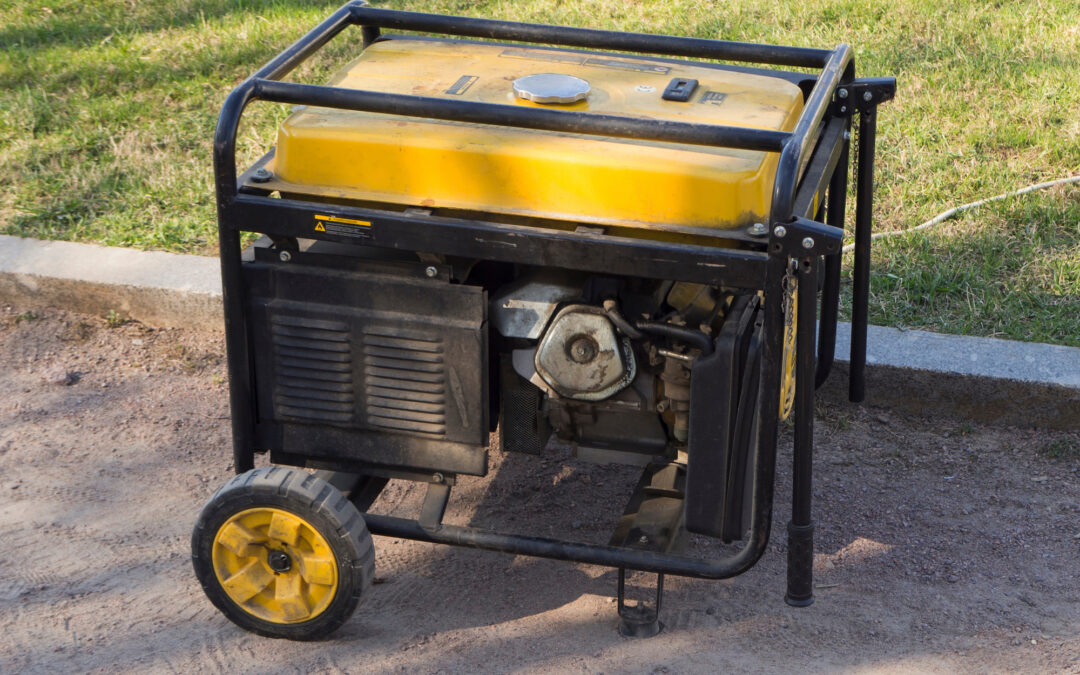One of the most important pieces of equipment for the workplace to keep business operating without disruption is the portable generator. Having a back-up source of energy allows for more efficiency in production and less time lost due to an interruption in power. Portable generators come in many sizes and shapes, and considering all factors of use will determine the size and type to purchase. Regardless of the generator purchased, proper installation, usage, maintenance, and safety is a must. Always operate and maintain the generator according to the manufacturer’s recommendations.
Discussion Points:
• Training on proper storage, use, maintenance, and safety
• Installation of a transfer switch
• Risks and hazards
• Use of Personal Protective Equipment
Discussion:
Portable generators are convenient to use when electrical supply is not available for use with small power tools, or when the power goes out. Before using a generator, always inspect the fluid levels, all cords, and for damaged or loose parts. If there is any foul smell or smoke when operating the generator, turn it off immediately. Never attach a generator directly to an electrical wall outlet; have a licensed electrician install a transfer switch. Plug appliances directly into the generator and use manufacturer’s supplied cords. Use extension cords with built-in GFCIs whenever possible. Make sure the generator is properly grounded. Never use inside a building or around open windows or doors. The generator must always be kept dry and not used when raining. Avoid overloading the generator, and before refueling, allow it to cool down. Do not store fuel containers near the generator and NEVER smoke around the generator. Wear hearing protection when operating the generator, due to the noise and vibration that it creates, and follow all safe operating practices according to the manufacturer’s recommendations.
As always, be safe out there!


Recent Comments